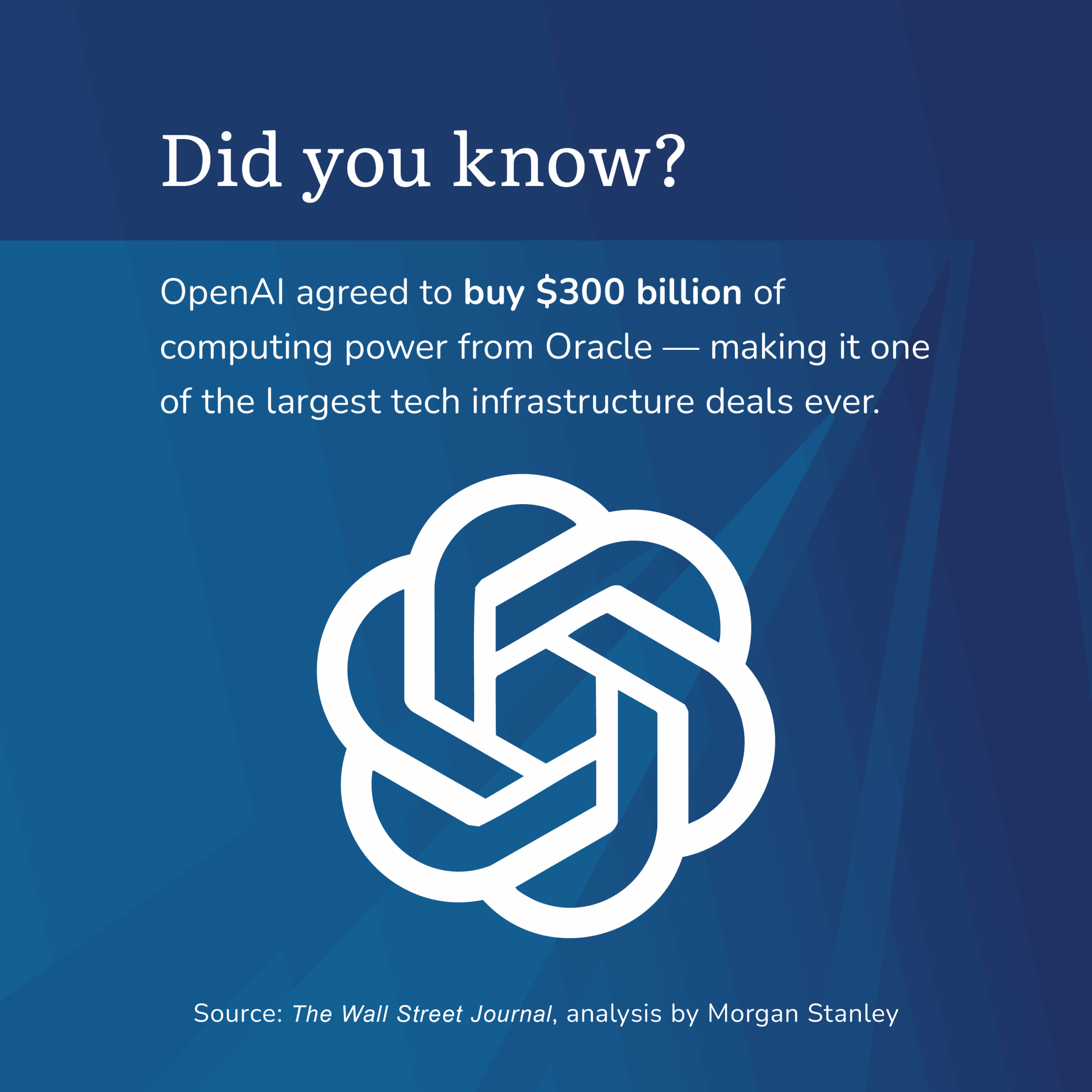Why You Should Value Working for a Company That Offers Retirement Benefits
Not too long ago, I had a conversation with a business owner who surveyed employees about what they valued most in their compensation package. The list included healthcare, 401(k) benefits, and work-from-home flexibility. Surprisingly, the 401(k) plan didn’t come out on top. While this might seem understandable, especially for younger employees who have more pressing financial priorities, it actually highlights a key misunderstanding: the long-term value of retirement benefits. Let’s break down why a 401(k) plan is something you should really appreciate—and how missing out on it could hurt your future financial security.

The Power of a 401(k) Plan: Setting Yourself Up for Financial Stability
A 401(k) is more than just a benefit—it’s a cornerstone of your retirement security. Unlike regular paychecks or bonuses, 401(k) contributions grow exponentially over time through compounding interest. What does that mean? Simply put, you invest your money, it earns returns, and those returns start earning even more returns. Over time, this compounding effect can turn even modest contributions into a substantial nest egg.
Let’s take an example. A 25-year-old contributing $100 per month to a 401(k), with an average return of 7% annually, could grow that $100 a month into nearly $240,000 by age 65. The earlier you start, the more time your money has to grow—making a 401(k) a vital piece of your long-term financial plan.
Why “Not a Priority” Can Be a Big Mistake
For younger employees, retirement can seem like a distant concern. It’s easy to focus on more immediate goals like paying off student loans, saving for a home, or just managing day-to-day expenses. But skipping out on saving for retirement early on can lead to big financial regrets down the line.
One of the best reasons to value a 401(k) plan is the potential for employer matching contributions. Essentially, this is free money that gets added to your retirement savings. For example, if your employer matches 50% of your contributions up to a certain limit, you’re getting an instant 50% return on your investment—just for contributing! That’s money you won’t want to leave on the table.
401(k) plans also offer tax advantages. Contributions are typically made pre-tax, reducing your taxable income. This allows you to save more upfront. Plus, many plans offer a Roth 401(k) option, where you contribute after-tax dollars but can withdraw the funds tax-free in retirement.
The Bigger Picture: Long-Term Security and Financial Independence
Working for a company with retirement benefits shows that they care about your long-term financial security. While healthcare and flexible work options are great for meeting your immediate needs, a 401(k) plan lays the foundation for your financial independence.
With Social Security’s future uncertain and pensions becoming a thing of the past, having your own retirement savings is more important than ever. By contributing to a 401(k) plan, you’re developing good financial habits that will pay off in the future. Automatic payroll deductions make saving easy, and many employers offer educational resources to help you make smart investment choices.
Take Control: Secure Your Future Today
If your company offers a 401(k) plan, don’t overlook it. Even if you can only contribute a small amount at first, the key is to start early. Take advantage of any employer match and explore the investment options available to you. Every dollar you save now is one step closer to financial independence and a secure retirement.
Working for a company that offers retirement benefits isn’t just about your job today—it’s about your future. Don’t undervalue this essential benefit. Start investing in your future now, and you’ll be grateful later.
Ready to take control of your future? Connect with a plan specialist and get started on your retirement plan today.
Categories
Recent Insights
-

Talk Your Chart | Market Reversals, AI Interdependence, and What Investors Should Know | Ep. 74
In episode 74 of Talk Your Chart, Brett Horowitz is joined by Lane Jones, Chief Investment Officer at Evensky & Katz / Foldes, to examine some of the most surprising market behaviors of 2025. They break down this year’s historic intraday reversals, why strong economic data can still trigger weak market reactions, and how rate-cut…
-

Combining Donor-Advised Funds and Private Family Foundations for Charitable Giving
When families embark on a philanthropic journey, they often consider whether to create a private family foundation (PFF) or establish a donor-advised fund (DAF). Both vehicles are powerful tools, each with distinct advantages. In practice, many families find that using both together can provide the flexibility, simplicity, and impact they seek. With careful planning, the…
-

Here’s How To Take Your Wine Investment Portfolio to the Next Level
Many investors exploring the world of wine as an asset start with a handful of bottles or a platform account. However, the real challenge (and opportunity) lies in taking a portfolio from “starter” to strategically optimized.
-

The OBBA §179 Deduction: Conversations Every Business Owner Should Be Having
It’s all the buzz… Congress passed another “new law” — the One Big Beautiful Bill Act (OBBBA). In it, major changes to the OBBA §179 deduction start in 2025. For small and mid-sized businesses, this could result in significant tax savings and better cash flow when investing in equipment, technology, or improvements. Forget all the…
-

Collaborative Divorce: Navigating Legal and Financial Decisions with Clarity
Divorce can be one of life’s most challenging transitions, affecting both emotional well-being and financial stability. How the process unfolds can influence your future for years to come. Collaborative divorce offers an approach that emphasizes clarity, control, and cooperation. While it may not be right for everyone, it provides a structured path for families who…
